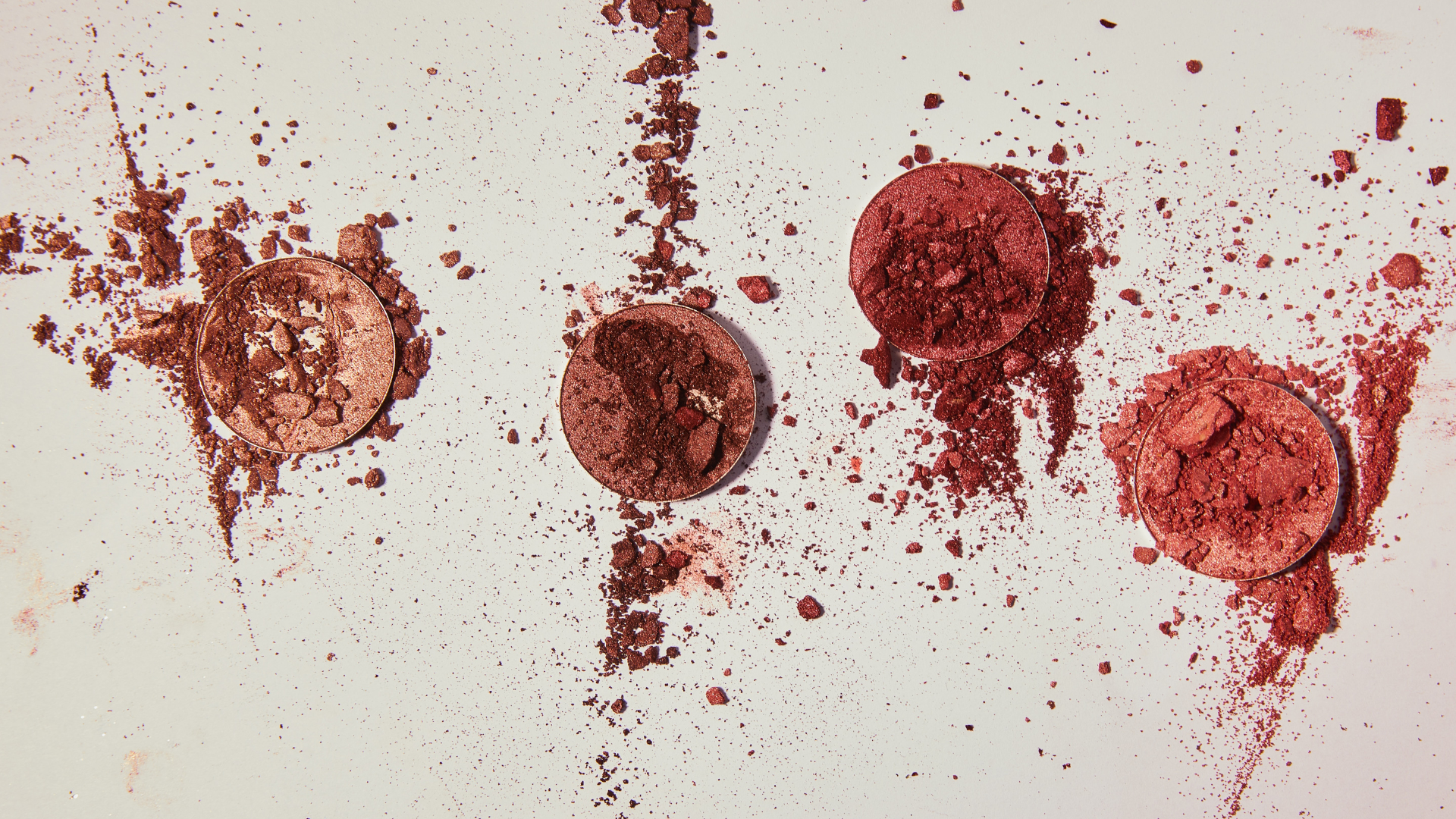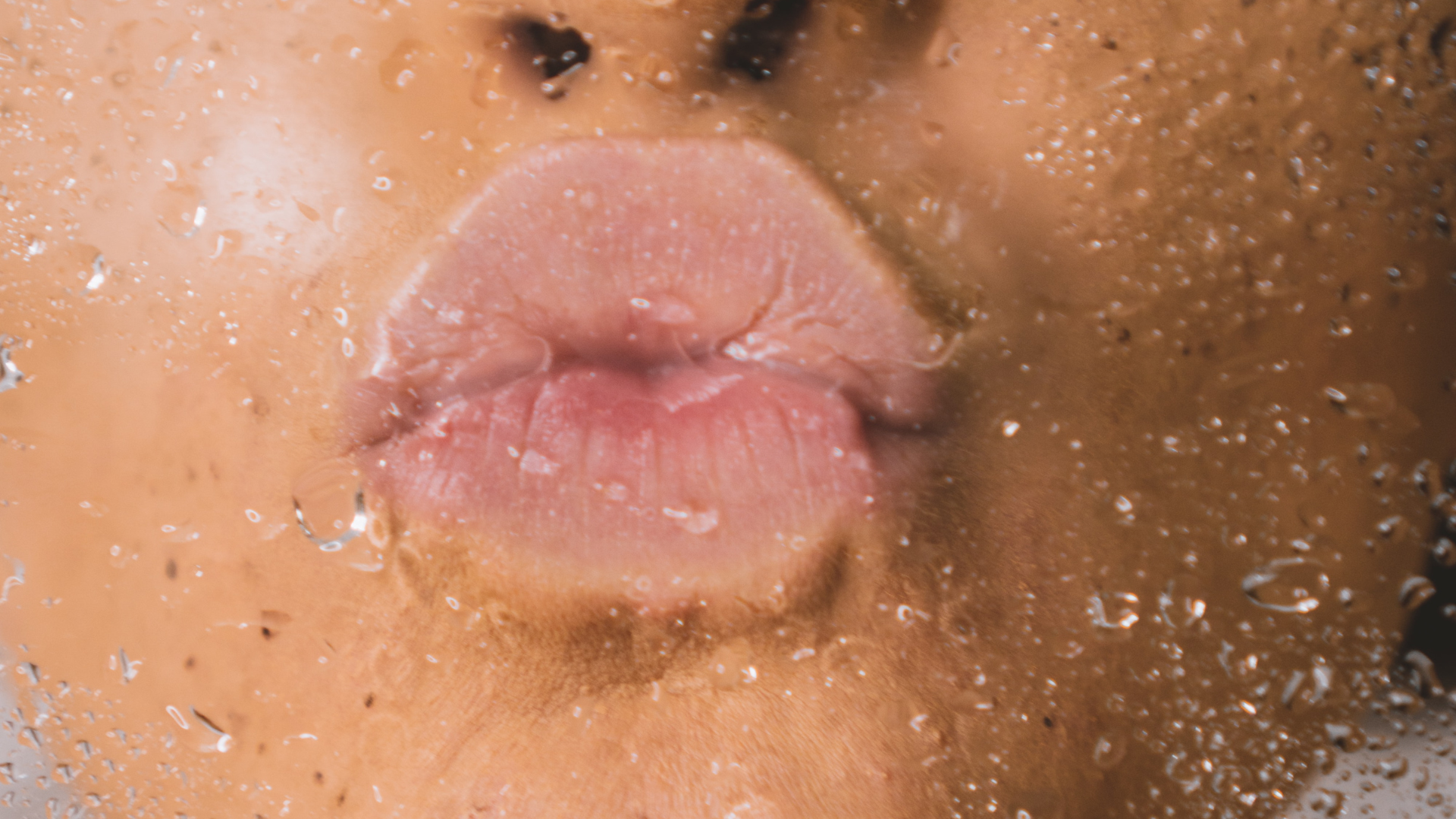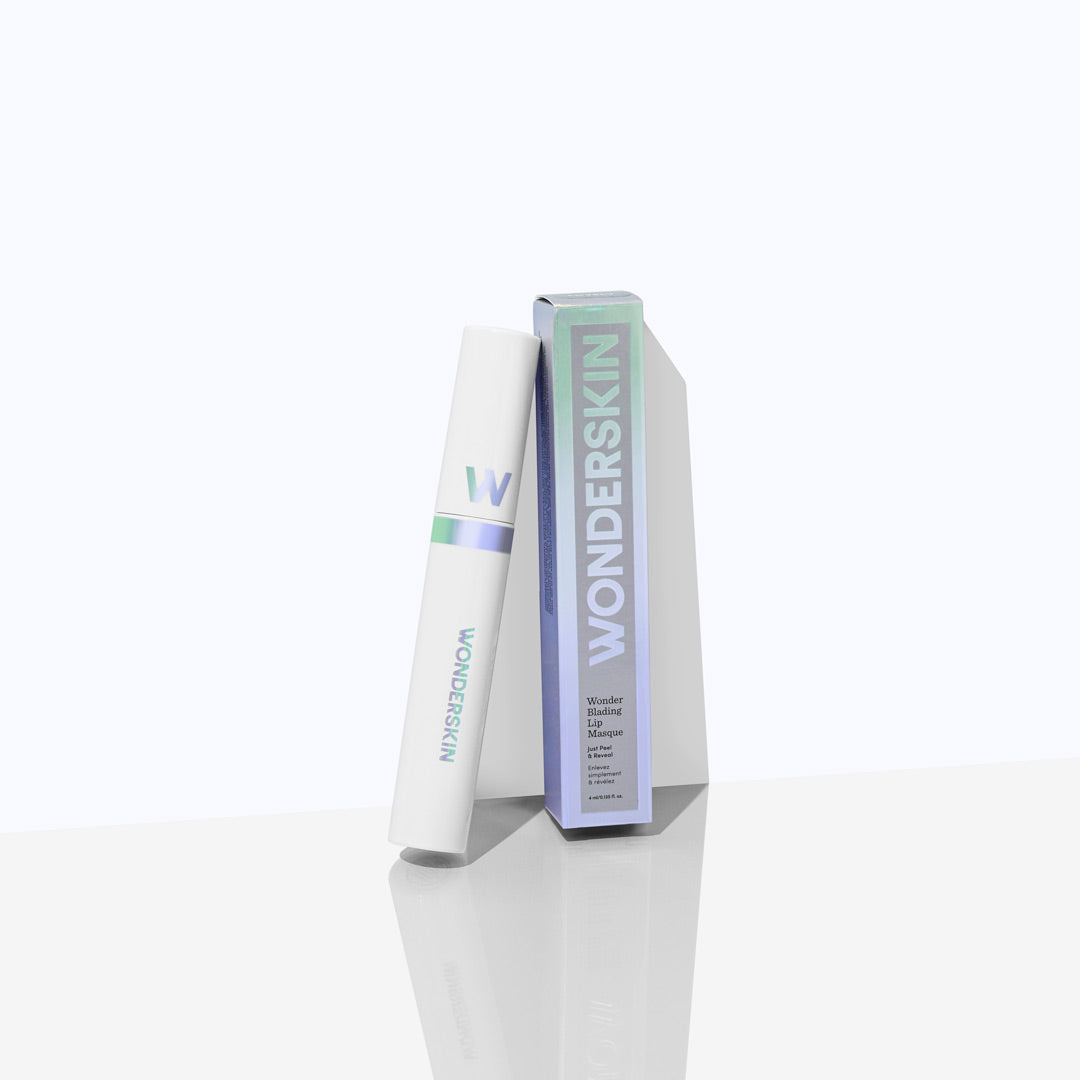
9 Makeup Mistakes You Don't Realize You're Doing
The fun of makeup is that you can take any trend and make it your own—and thanks to social media, we’re continually introduced to new ideas that encourage us to be creative and style looks in our own way.
The right makeup is whatever makes you feel beautiful and confident, but there are some fundamental application techniques that will help it go on smoother, last longer, and look more natural (if that’s the vibe you’re going for). We often don’t realize when we’re using a product incorrectly—we just know when we don’t like the results. This can lead us to toss out some perfectly good cosmetics, thinking the formulas are to blame.
To help you get the most of out of your makeup, we’ve identified some of the most common mistakes people make when applying their products and the game-changing solutions that will help you avoid these blunders.

Mistake #1: Not dampening your makeup sponge
We do better when we’re well hydrated, and the same is true of a makeup sponge. If you start out with a dry sponge to apply foundation or any liquid cosmetic, the porous material soaks up much of the formula before the sponge touches your skin, so you end up having to use lot of extra product to get the finish you want. Instead of needlessly wasting makeup, saturate the sponge with water first so it fills up and won’t absorb much else. Give the sponge a good squeeze, then dip it in your makeup and stipple it along your skin—don’t swipe, which sheers out the product and can lead to streaks.

Mistake #2: Applying blush only to the apples of your cheeks
Contrary to popular belief, swirling blush on the apples of the cheeks doesn't flatter everyone. In fact, this can draw attention to sagging skin and make a round face appear wider. And if you’re prone to redness or flushing, the last thing you want to do is add more color to this area.
Blush tends to look more natural if you dust it along the tops of your cheeks, which is the highest point on your cheekbones. Use a large brush to help disperse the color so it’s soft and hazy with no obvious edges, then lightly blend it down your cheekbones for subtle definition.

Mistake #3: Skipping eye cream before concealer
If your under-eye concealer often creases or gets cakey, don’t assume it’s a dud. You need to prep the skin around your eyes before you dab on concealer to help the formula stay smooth throughout the day.
The trick is to hydrate the skin enough for your concealer to blend on evenly and not settle into lines, but not so much that the makeup slips right off. Take a pea size drop of eye cream such as our PUREVOC All Day Glow Eye Cream (which has light-reflecting pearl pigments to help the skin appear brighter) and pat it between your ring fingers to divide the drop in half. Use each finger to gently tap the cream along your under-eye area from the inner corners to the outer corners. Wait several minutes for the cream to fully absorb, then apply your concealer.

Mistake #4: Neglecting lip care
We tend to our skin twice a day to keep it soft, smooth, and nourished, yet we often don’t give our lips an ounce of attention until they’re dry and flaky. Which can happen easily since, unlike the rest of our face, our lips don’t have oil glands, so they have no natural oils to lubricate and protect the skin.
Rather than waiting until your lips are worse for the wear to treat them, help them stay soft and healthy by swiping on an ultra-hydrating lip emollient every night before bed and exfoliating them once or twice a week with a hydrating lip scrub. Our Wonder Blading 3-in-1 Lip Scrub gently sloughs off flakes with super-fine sugar granules and moisturizes the skin with shea butter and antioxidant-rich algae.

Mistake #5: Using one concealer for everything
We’re all for multi-tasking makeup, but you can’t expect the same concealer that brightens your under-eye area to perfectly hide a pimple, redness, or dark spots.
For the delicate skin around your eyes, the goal is to lighten. You want a creamy, easily blendable concealer that’s one to two shades lighter than your skin tone to disguise dark circles and counteract the shadows in the hollows at the inner corners.
To camouflage a blemish, broken capillaries, or a spot that’s red or dark, you need cover up, which is thicker, tacky in texture, and opaque to fully cover the skin. It should also be darker than your under-eye concealer and match your skin tone as closely as possible—otherwise, you’re just calling more attention to the issue, which goes against everything you’re trying to achieve.

Mistake #6: Blending too quickly
While we’re on the topic, when applying any type of concealer, dab it on the skin in dots, then let the color sit for a minute or so before you blend it. This helps the makeup set on the skin so that when you do eventually blend it in, you’re not sheering out the coverage.

Mistake #7: Pumping your mascara brush in the tube
We’re all guilty of having tried this tactic: rapidly pumping the mascara wand inside the tube to try to load more product onto the brush. But, spoiler alert—not only does this maneuver not scoop up more mascara, it pushes air into the tube, which dries out the formula and quite literally spoils it.
When you’re getting down to the last bits of mascara, resist the urge to pump and instead try putting two to three drops of saline solution in the tube and stirring with your wand. The added moisture refreshes the formula to help it continue going on smooth and clump free. Or just buy a fresh mascara—may we suggest our Power'Full Mascara which adds volume, length, and curl all in one supercharged formula.





